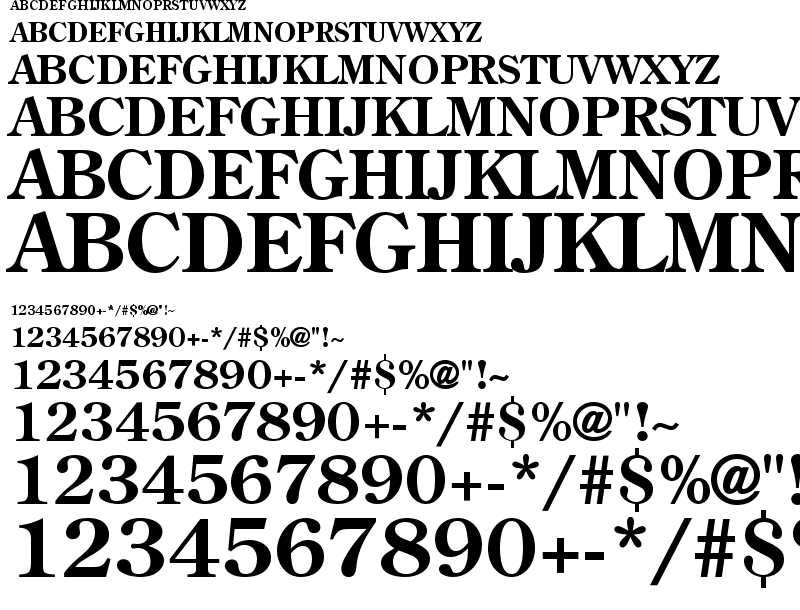

As say Caslon or Garamond, this almost looks like it was written by a pen, so it definitely has its own character. There is a noticeably higher diagonal stress compared to the other two typefaces we saw and this one in my opinion doesn't look as refined. The serifs are also bracketed but they almost look like abrupt serifs. Notice we have some very thin strokes here. Jenson is another one that has this one has a bit more character so you can see it very clearly on the letters, there is a higher variation in stroke width. So Caslon another great old style typeface. Now, just because I'm showing you versions from Adobe, doesn't mean that other foundries don't have this typeface, it will just easier for me to just show you the Adobe versions. We see the diagonal stress, the bracketed serifs, the angled head serifs, Definitely old style. And we can see here the version from Adobe, if we look closely we can immediately see the defining characteristics that we talked about earlier. All right, now let's see some examples, probably one of the most iconic type of phase for the old style is Garamond. If the numeral Hosts have different sizes and their all over the place you can bet it's old style. In fact, this is one of the simplest way of spotting an old style typeface. It's also good to know that these type faces have a small x height and their numerals have senders and desenders, and they vary in size. We can clearly see this in the old letter, also we can see the use of horizontal cross bars like in the lowercase E.

Remember the previous lesson we talked about this. Another defining characteristic for this style is the diagonal stress. Well, that's called bracketed and is different from the slab serifs for example where there is no bracketing there is no curve, right? Slabs don't have that curve On the serifs. This type phase style also has bracketed serifs, notice the slight curve between the stem of the letter and the actual serif. Then we can see the head or sender serifs are angled, right? See this, in more modern type phases these will be more horizontal. So the difference between the thick and the thin strokes is not that big. So what are the main characteristics of this style? The first thing we'll see is the low to medium contrast between strokes. With that said you won't find many old style type faces on the web nowadays, they're mostly used in print, that's where they excel. That doesn't mean you can't use them on the web, there are a few style types that are considered web safe, for example Times New Roman and Palatino Linotype. These are considered by many to be the best ones or the best type faces for large amount of text and that why you will see them being used a lot in books, newspapers or magazines. Italics were first created as a standalone typeface for small format books. Since we're in this time period, here's a fun fact, the very first italic type was created in 1501 by a Venetian printer Oldest Manutius and his type designer Francesco Griffo. And if you're wondering what punch cutters are, well, they were the people who would carve a typeface out of metal. So in 1465 the first Roman typefaces were cut in Italy. Back then printers would use black letter typefaces but as technology progressed and the punch cutters got better, the typefaces started to become more refined, more modern. Now these typefaces first appeared in the 15th century as a natural progression from Johannes Guttenberg's black letter style. Their designs were inspired by the Roman capital letters, that's why their also called Roman typefaces. These were design for print somewhere in between the 15th and 18th century. Welcome to the second lesson of this course, where we'll talk about the old style type faces.


 0 kommentar(er)
0 kommentar(er)
